Category: Alumni
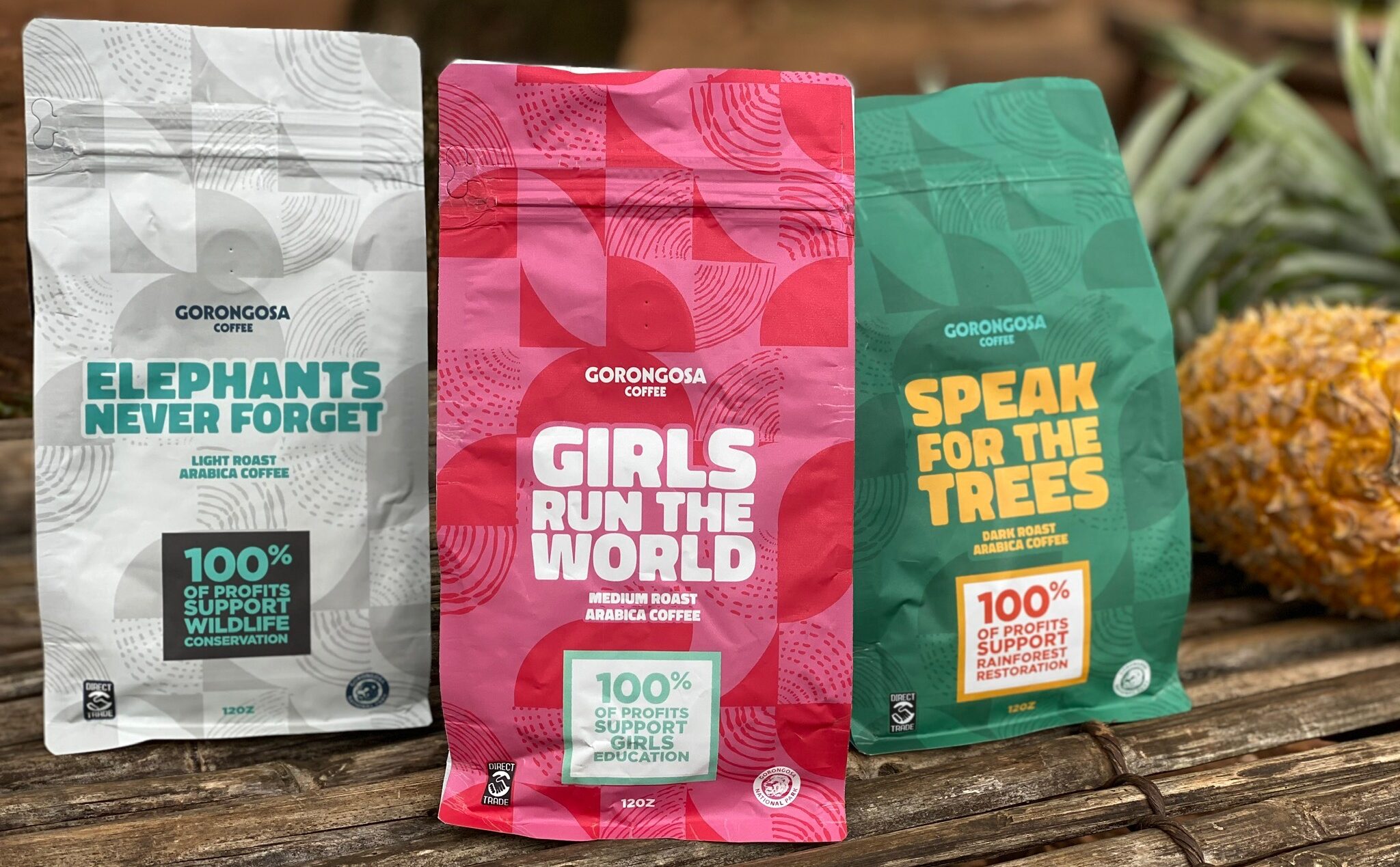
Girls Run the World in Gorongosa National Park
By Eric Wilburn, MS ’18, MA ’18
Gabriela “Gaby” Curtiz grew up just down the road from Gorongosa National Park in Mozambique. The park is one of the most biodiverse places on Earth and is surrounded by more than 200,000 people who live on very limited resources. These neighboring communities struggle to make ends meet due to lack of employment. Many young women in these communities lack the opportunity to finish primary school because of societal expectations, household responsibilities, and a shortage of schools and teachers.

When Gaby was twelve years old, her primary school showed a National Geographic film about Gorongosa National Park, sparking her dream to work with animals in the park. Nine years later, Gaby was certified as the first female safari tourism guide in Gorongosa’s history.
I met Gaby last year on her first trip to the United States. She was visiting Boise State University, where she will begin her undergraduate studies this fall. Of course, service was a part of her trip! She gave a talk to a group of elementary school students about Gorongosa. It was amazing to see their eyes light up and their hands skyrocket to the ceiling with questions about her life in Gorongosa. She emphasized the importance of working with local communities in conservation efforts, and explained that providing livelihoods for local families was the key to sustainable nature conservation. Her example? Coffee.
Why coffee? Because there are hundreds of families like Gaby’s living on the flanks of Mount Gorongosa that need an alternative to unsustainable agricultural practices to feed their families. There is no need for farmers to cut down the forests to make room for non-native crops, as farmers can plant native hardwood saplings in between the rows of coffee to provide shade. Coffee gives these farmers a dependable income while helping restore the rainforests of Gorongosa.
I was thrilled to hear Gaby share her story, and was particularly excited when she chose coffee as her example. Having recently graduated from Stanford, I had just begun working with Gorongosa National Park to launch Gorongosa Coffee, a for-profit company that sells premium roasted coffee around the world and sends 100% of profits back to the park to support operating costs.
After her talk, Gaby and I were chatting about how Gorongosa Coffee wanted each of our roasted coffees to support a different initiative in the park. Gaby said that the most unique aspect of Gorongosa is that the park fundamentally believes that girls’ education is the key to both human development and nature conservation.
Inspired by Gaby, Gorongosa Coffee created a Girls Run the World coffee that sends 100% of profits to help over 20,000 girls in Gorongosa finish high school. The funds help build schools, provide high school scholarships, and connect girls with mentors through afterschool programs. We hope to demonstrate that when we give girls in Mozambique the confidence, capability, and opportunities to determine their own futures, we encourage more leaders like Gaby.
One of the defining aspects of our model that helps ensure our company has a positive impact is that the lone shareholder of Gorongosa Coffee is the trust that funds the park. In other words, Gorongosa Coffee is a social enterprise which keeps control of this community-based initiative within the community it serves.
Gaby graduated from high school in Gorongosa and will start at Boise State University in September, pursuing a degree in business tourism. Her goal is eventually to become the head of tourism for Gorongosa National Park.
Gaby and I come from very different backgrounds, but we share a commitment to serving the people, wildlife, and ecosystems of Gorongosa. We believe that the path forward for people and the planet is that every business thrives, not to fill the pockets of a few shareholders, but in service of an equitable and sustainable future for all.
I invite you to help us empower young women like Gaby from the communities of Gorongosa to break barriers and bring positive change to their communities. You may order our coffee at GorongosaCoffee.com.

Eric Wilburn, MS ’18, MA ’18, served in the Peace Corps in Mozambique before arriving at Stanford to pursue dual masters degrees in environmental engineering and public policy. During his time at Stanford, Eric was a Graduate Public Service Fellow and also coached the Stanford Triathlon Team. Recently, Eric has been helping to launch a company called Gorongosa Coffee that aims to benefit local communities, wildlife, and nature in Mozambique by supporting conservation, education, and economic development.
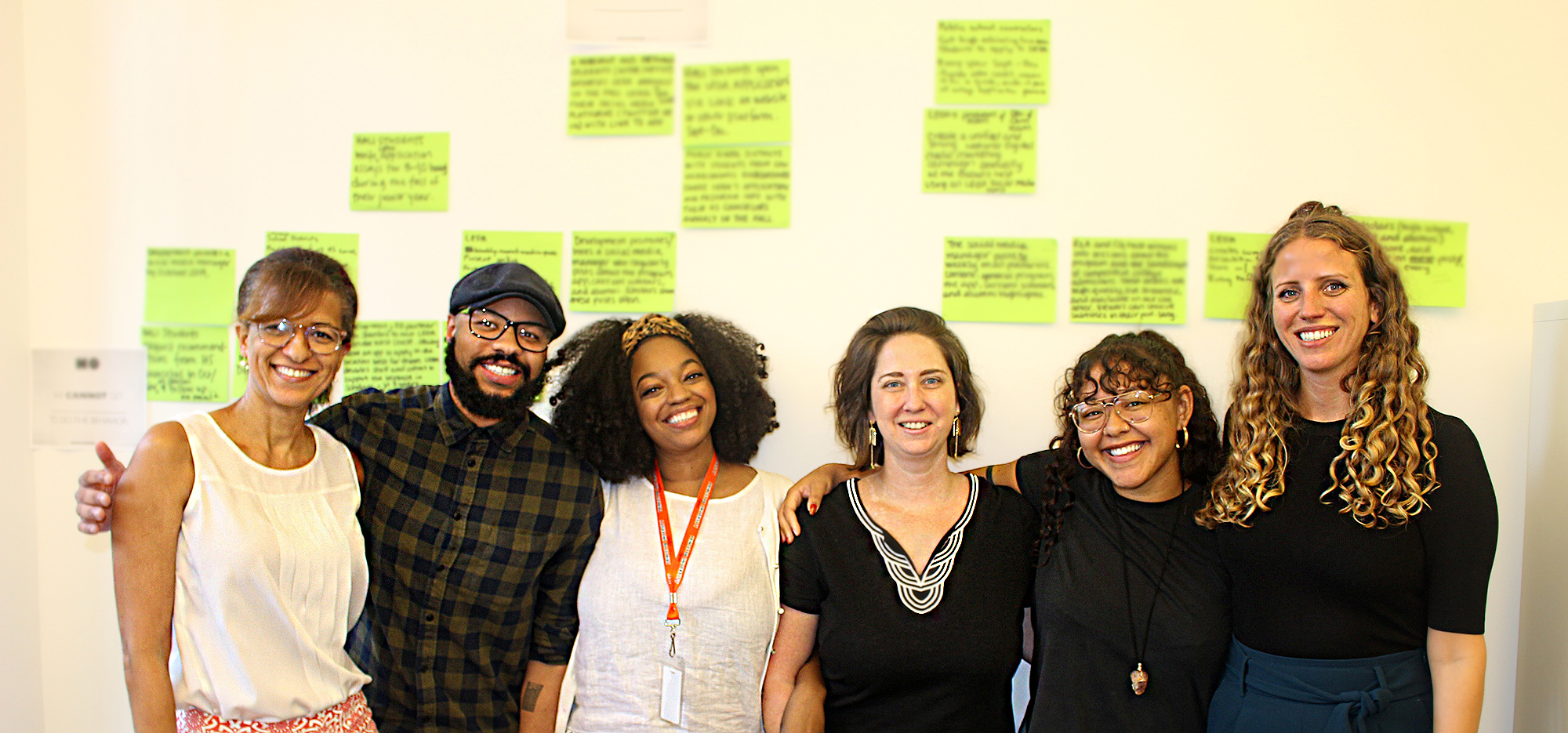
Starting Small for Big Change: Edith Asibey, MA ’97, on Tiny Habits
By Erika DePalatis, ’19
“How do we convince people to get involved, to take action in worthwhile causes?”
This is the question that motivates Edith Asibey, MA ’97. Born in Italy and raised in Paraguay, Asibey studied biology and education at the University of São Paulo in Brazil, and later pursued a MA in media studies at Stanford University. Through these experiences, Asibey quickly discovered a passion for social justice and a desire to use her voice to uplift the voices of others.

Upon graduating from Stanford, Asibey began working for nonprofits and humanitarian groups in Latin America and around the world. As she rose to leadership roles, she would encounter the same challenge over and over again: while individuals might be quick to voice support for a cause, often the same audience would find it difficult to take practical actions to advance the cause.
How could nonprofits and humanitarian organizations move their audiences from good intentions to meaningful action, and sustain their involvement over time?
In pursuit of answers, Asibey recalled the work of BJ Fogg, MA ’95, PhD ’97, a fellow graduate student she had met during her time at Stanford. Fogg, a behavioral scientist leading the Stanford Behavior Design Lab, had designed a method for behavior change called Tiny Habits®. This method allows individuals to change a behavior in the long term by tapping into the power of their environment and taking baby steps.
“Upon starting to practice Tiny Habits [personally], I saw positive changes immediately,” Asibey recalls. “For example, I crafted this Tiny Habit: After I pick up my mobile for the first time in the morning, I will text a good morning message to my mother. Since I started practicing this habit, I have carried it out almost infallibly, every day for over a year and a half. What’s more, if I don’t do it early enough, my mom texts me first. So, she, too, developed the habit – an unexpected result!”
In Fogg’s method and foundational models of Tiny Habits, Asibey saw a tool to help boost action and generosity. “If we can learn how to crack the code to develop our own healthy habits, why couldn’t we use it to act more generously towards others?” Asibey wondered. After becoming a Certified Tiny Habits Coach, Asibey started a free, weeklong online program to help individuals develop their own Generous Habits. Through her firm Asibey Consulting, she also uses principles of behavioral science to help mission-driven organizations successfully take audiences from intention to action.
Asibey shares Tiny Habits with others as a way to “build motivation, confidence, and hope.” In response to the uncertainty many are feeling during the COVID-19 pandemic, Asibey writes:
I am heartened by the worldwide demonstrations of people caring and mobilizing to help one another during this time. To students, especially those who have returned home or have settled somewhere safe, I encourage you to consider these three suggestions:
- Practice Tiny Habits for Generosity. While the method calls for each of us to design our own Tiny Habits, below, I share two ideas for practicing Tiny Habits for Generosity that I hope will bring positivity to your relationships with classmates, family and friends. Use these recipes “as-is,” or as inspiration to craft your own!
- After I pick up my mobile phone for the first time in the day, I will text a loved one to check on them.
- After I come across the first person I don’t know, I will look at them and say ‘hi’ with a smile.
- Check on classmates and friends whose families are abroad or who are unable to travel home. Speaking from my own experience as an international student at Stanford, I vividly remember how hard it was to be so far away from my family and friends back home. Something that made a huge difference in making me less homesick was to have my American classmates, people like Gina Baleria, MA ’97, take the time to get to know me, introduce me to family and friends, and show me how to properly order at a diner! In these complicated times, be sure to contact your fellow students who may not be in a position to return home and see how they are doing. Their families might also be in countries heavily affected by COVID-19.
- Offer help in your community. In the true spirit of Cardinal Service, your help might be needed back home or in the community where you are temporarily settled. Of course, your health and safety must always come first. Be sure to abide by all local and national public health orders while engaging in service. But if you have the means, see what you can do to help those who are most vulnerable. Here is a simple idea from Becky Wass in the UK: a #ViralKindness card to help your neighbors while staying safe. For more daily inspiration on how to help create a brighter world, subscribe to Giving Tuesday’s “Daily Generosity Alert.”
Visit the Haas Center for Public Service’s Community Care page to discover more ideas of how to serve your community while keeping yourself and others safe during the COVID-19 outbreak.

Erika DePalatis, ’19, serves as the Communications Coordinator at the Haas Center for Public Service. Prior to her work at Haas, Erika studied English and Italian at Stanford and worked as an oral communications tutor at the Hume Center for Writing and Speaking. Her role allows her to elevate student stories of service and connect Stanford students with service opportunities.
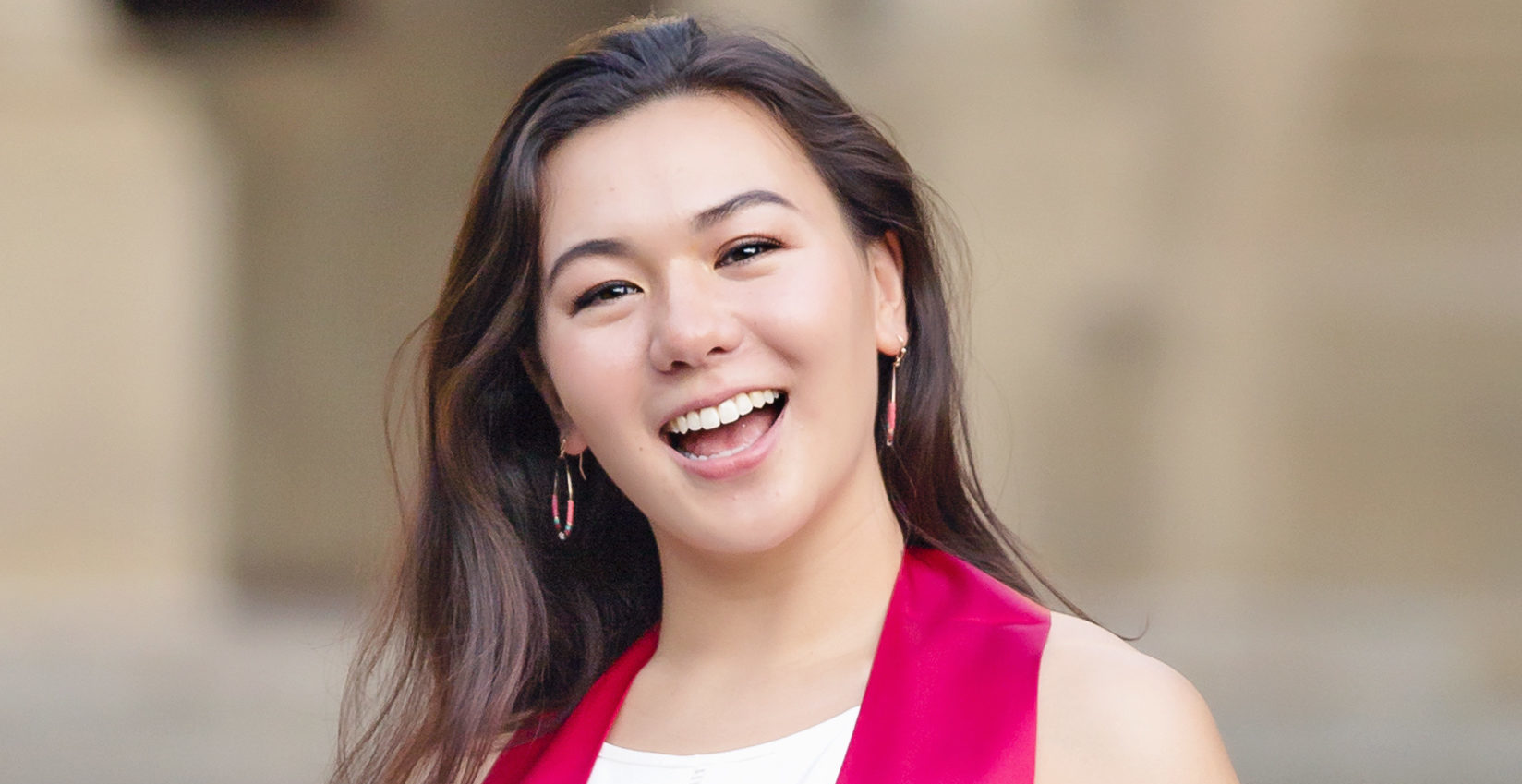
How an Urban Studies Class Made Me a Better Engineer
By Katherine Erdman, BS ’19, MS ’20
As the countdown to graduation began, I, like many other Stanford seniors, was eager to complete my general education Ways of Thinking/Ways of Doing. As I planned my fall quarter, I was on the hunt for a class that satisfied my last unfulfilled requirement: Engaging Diversity. There were almost 200 classes to choose from, but I settled on Urban Studies 164: Sustainable Cities. I had a mild interest in environmental technology, so I decided to give it a go.
On the first day of class, I was surprised that the focus of the course wasn’t on hydrogen fuel cells and electric cars. Rather, environmental health was just one of four aspects of sustainability we would be tackling, in addition to cultural continuity, social equity, and economic vitality. This broadened definition of sustainability, going beyond greenhouse gases and air quality indexes, was especially meaningful on the day we talked about transportation in the Bay Area. Like many other computer science students, I spent a summer interning at a large technology firm just miles from campus. I did not have a car and benefited from the shuttle service provided as part of the job. Every morning, I walked a few minutes to the nearest stop, hopped on the bus, and arrived to work without issue. I brought this up as an avenue to increase sustainability. The buses were quite full and eliminated at least hundreds, if not thousands, of mostly single-occupancy cars from the road. While my classmates agreed that the shuttles helped with environmental health, I was challenged to also consider the soaring housing prices near newly placed shuttle stops that make longtime residents unable to afford to stay. They are often replaced by tech workers, eager to be closer to the shuttle stop and able to afford higher rent. Perhaps certain shuttle stops trade off cultural continuity in pursuit of sustainability?
Through many eye-opening discussions, I more clearly saw the effects of sustainability efforts within the social and cultural realms by the end of the quarter. I walked away with a new perspective, which I applied to my senior project class CS210: Software Project Experience with Corporate Partners. My CS210 team partnered with Oracle and was given the task of creating social good technology. We decided to tackle the issue of employment opportunities for formerly incarcerated individuals. Within this space, it’s easy to identify unmet needs, such as the need for technological education for someone who has been disconnected from the job market for a number of years or the need for mock interviews for someone who has never formally applied for a job before. However, my experience in Urban Studies 164 helped me understand how any solution has to fit within a larger ecosystem. I found that my team and I were challenged to look beyond economic vitality and consider the cultural continuity and social equity concerns that our solution had to address. Whether integrating our solution into the parole preparation process for the incarcerated in Australia or modifying the product’s user interface to be approachable for first-time digital users, our team attempted to address cultural and social issues that appear tangential, but are deeply connected to the product’s success.

Katherine Erdman, BS ’19, is a coterminal master’s student in computer science from Ellicott City, Maryland. During her senior year, she took Urban Studies 164: Sustainable Cities, a Cardinal Course that introduces students to sustainability concepts and urban planning as a tool for determining sustainable outcomes in the Bay Area. Katherine has been involved in the Business Association of Stanford Entrepreneurial Students, SHIFT: Healthcare Innovation @ Stanford, and she++. She is also a member of the Student Alumni Council and the Viennese Ball Steering Committee.
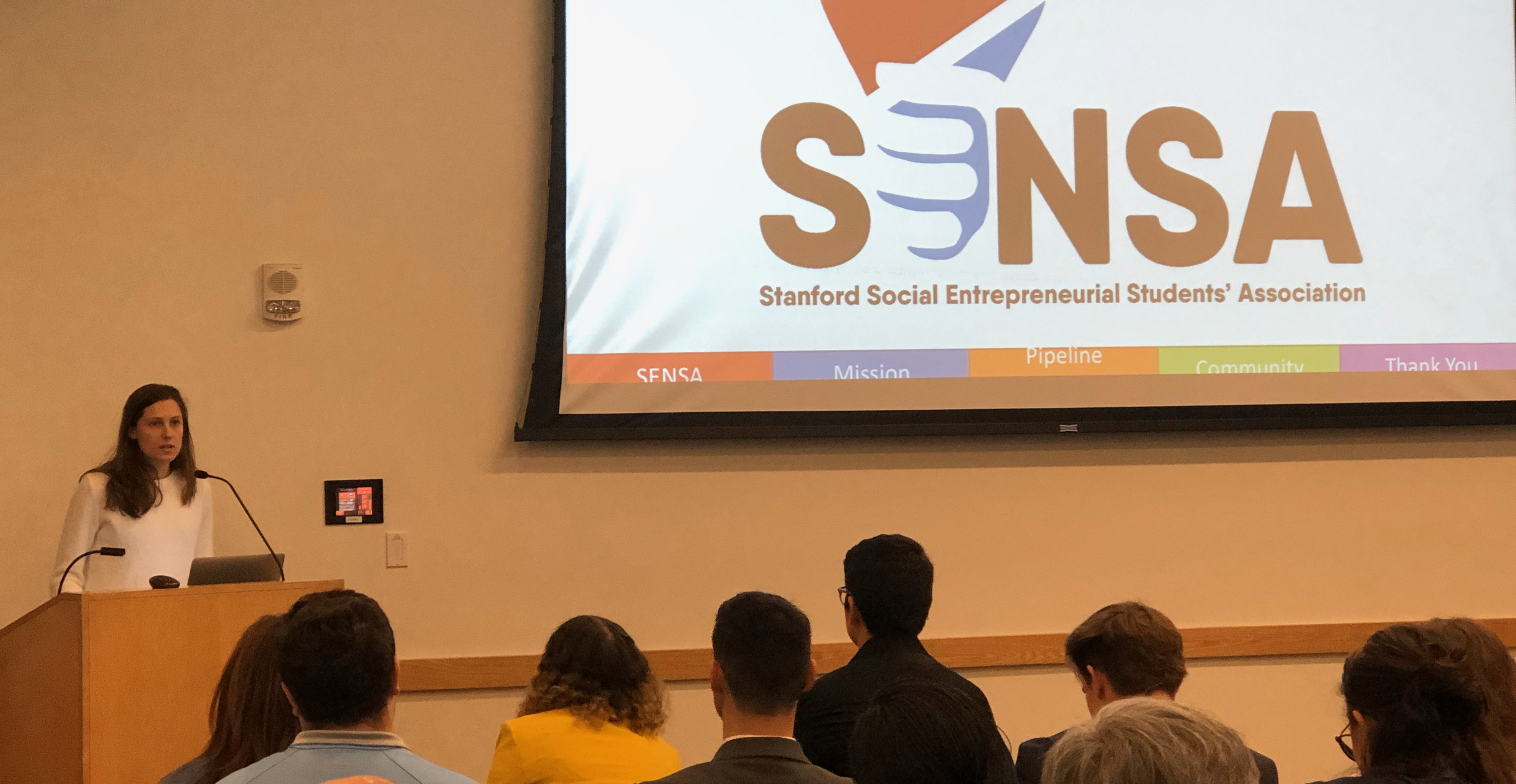
Learning through Service
By Kathryn Rydberg, ’19
When I entered the sixth grade, I switched to a new school. As the new girl, I was confronted by new classmates, new surroundings, and new classes—including a class called “Service Learning,” which involved reading books to second graders at a nearby charter school. Initially, I was confused as to why this program was called Service Learning. Since the goal of the class was to help the second-graders learn to read, I figured that a more accurate name might be “Service Teaching.” By the end of the year, however, I realized that the program had taught me as well. I came to understand how challenging it can be to teach a student something new, but more importantly, the experience of going to the school and interacting with the younger students exposed me to an environment and community that I would not have otherwise known. Though this experience happened when I was much younger, the realization that service initiatives can be beneficial to the people doing service as well as to those in need stuck with me.
Fast forward to my first year at Stanford, when I came across a club that seemed to be focused on making the world a better place while teaching students valuable professional skills at the same time. As it turned out, professional skills were just the tip of the iceberg of what my involvement with the Stanford Social Entrepreneurial Students’ Association (SENSA) would give me. Meaningful friendships, leadership skills, professional connections, experience speaking at an international conference with hundreds of attendees: these are all things I would never have had if not for SENSA.
I learned that not everyone agrees on what social entrepreneurship is, but that in general, it means applying entrepreneurial strategies in an effort to make positive, sustainable social change. Per that goal, social entrepreneurs recognize the crucial fact that if a business is economically sustainable, then it is able to make a more sustainable social impact. Similarly, organizations are more effective if smart, talented people continue to invest their efforts into them over time. Opportunities for learning and growth provide an incentive for people to continue their involvement with the organization—and that means that the organization can continue doing important work.
I saw this firsthand during a time of great turnover within SENSA. If students felt that they were not benefiting from their membership, they would quickly cease coming to meetings or replying to messages. Beyond the satisfaction of helping others, every organization has learning opportunities to offer its members: communication skills, teamwork, or leadership of an event or program. Though I was learning a great deal through my involvement with SENSA, I realized that others might lack access to these opportunities for growth. As a result, I worked to restructure SENSA to ensure that every member was able to take ownership of their service learning.
I believe that this lesson could also benefit social enterprises. Of course, the goal of many social enterprises is to put themselves out of business by solving the problem that they exist to address, but many social problems are so complicated that they will likely not be solved within our lifetimes. Therefore, the issue of talent should be viewed in the same terms as financial sustainability. Social enterprises should aim to keep employees and others who interact with their organizations engaged by offering benefits beyond the satisfaction of helping others. When the financial model and the “people model” are both sustainable, then an organization can focus fully on solving the complex issues that afflict our society.

Kathryn Morgan Rydberg has a BA in American Studies and a minor in political science. Throughout her undergraduate career, Kathryn was actively involved in the Stanford Social Entrepreneurial Students Association (SENSA) and became president and the Cardinal Commitment mentor of the organization. As a senior, she was a member of the Public Service Honors Society and the Pi Sigma Alpha Political Science Honors Society. She also served as marshal for Kappa Kappa Gamma and participated in the Stanford Marketing Group.
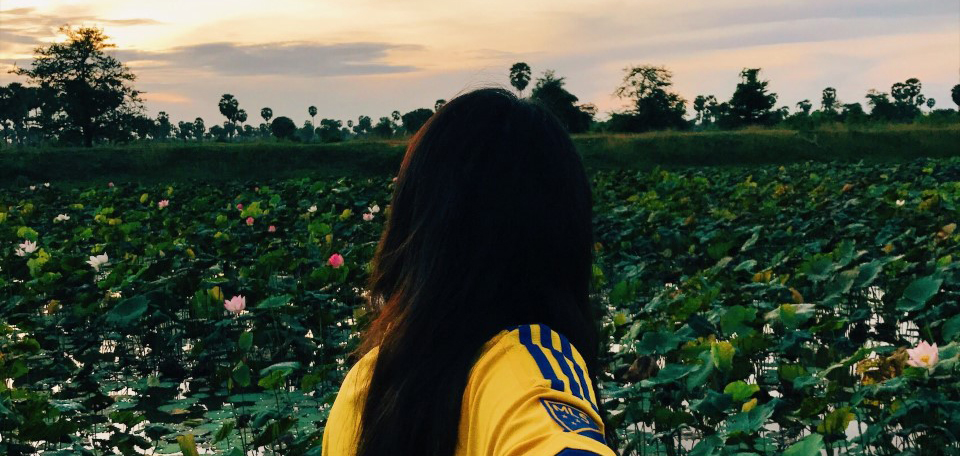
Learning Cultural Humility in Rural Cambodia
By Amy Kouch, BS ’19, MS ’20
“I would love to live here,” I said in awe, staring at the glorious sight before me.
I was working and living in a rural village in Cambodia. A friend from the village and I were sitting in an endless grassy field, having just finished soccer, a slight breeze cooling off the sweat dripping down our faces. The sun was beginning to set over the lotus ponds, the sky erupting in warmth, kissing the pinks of the petals and contrasting the deep greens of the leaves. There was something so peaceful about resting here with room to think and to spend evenings talking to someone who grew up on the opposite side of the world. I was away from the busyness, experiencing something so simple and so beautiful.
My friend turned toward me with a curious expression on his face.
“If you lived here, you would be spending hours working in the fields, not watching the sun set.”
I was taken aback by this truth. Suddenly, I was aware of how easy it can for outsiders in this community to romanticize a life of simplicity, to be drawn to place like rural Cambodia with good intentions to make an impact.
In the summer of 2017, I interned with Sarus, a nonprofit organization that focuses on peace-building for students from countries with a history of conflict.
There were every day hardships and issues that persisted for those who lived there, such as the absence of resources for education, the lack of running water, of reliable electricity—aspects that I took for granted living in a developed and industrialized economy. I also realized that these were the problems I wanted to help solve.
But I was an American visitor, an outsider in this community. In one month, I would return home. I took this moment to assess what more I could do.
What did this community need? How can I go beyond my internship and create real change and address issues that the community cares for? What does it mean to practice ethical and effective service throughout a lifetime?

Amy Kouch is a coterminal master’s student in Civil and Environmental Engineering with a bachelor’s in human biology. In summer 2017, she interned with Sarus through the Community Arts Fellowship. She was a member of the Public Service Honor Society, a year-long cohort of that provides seniors the opportunity to reflect on their public service and develop their civic leadership identities. She also interned at the Office of Sustainability and was a member of the Stanford Khmer Association and Sigma Psi Zeta sorority. She is from Rohnert Park, CA.
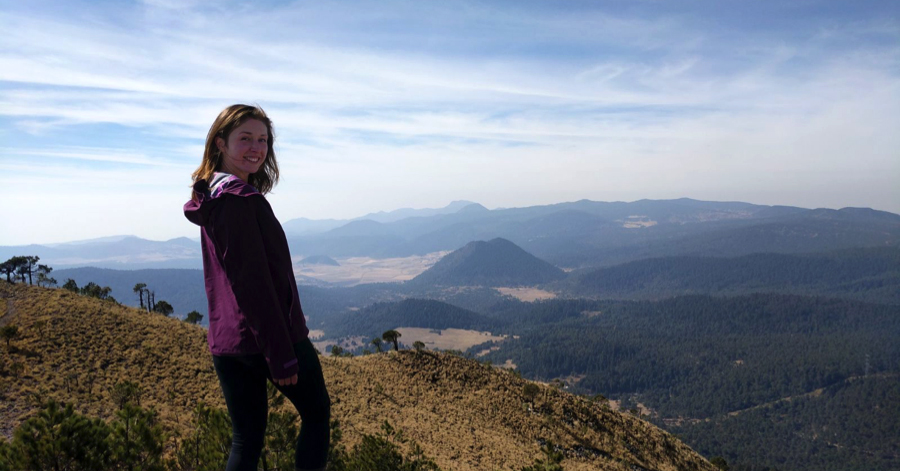
Building cultural sensitivity in conservation

Maria Doerr, ’17 (Environmental Systems Engineering)
When the rain starts, we’re not ready. Ten of us stand in the truck bed, grasping the railing as the vehicle lurches down the muddy trail. “¡Aquí!” our community partner Sapo (“toad” in English) yells, grinning while he pulls up a dusty plastic tarp from below our feet. We stretch it over our already-soaked heads as the truck continues weaving through the forest.
Since September, I’ve been working as the Water & Cities Fellow with Conservation International Mexico, supporting an initiative to protect the watersheds of Mexico City.
Mexico City’s water issues are complex. When it rains, parts of the city flood. Every day, approximately 1,000 people settle in the city, creating an ever-growing thirst to quench with an ever-dwindling water supply. The aquifers that provide 70% of the water to 23 million people in the megalopolis are greatly over-exploited. Uncontrolled urban expansion, poor land management, and pesticide-use in the watersheds that recharge these aquifers complicate the situation all the more.
Conservation International works to curb these impacts in part by creating a common dialogue among players in city, rural, and natural landscapes. For me, this has meant sometimes pulling on my boots and heading to the mountains at 5:00 am. Other times it’s meant drinking coffee with corporate sponsors in business casual.

The challenges of uncontrolled urban growth, poor land management, and pesticide-ridden farming are complicated. Development isn’t just bad; planting trees isn’t just good. When working in rural zones the goal is not to tell indigenous community members how they should envision their towns, but rather provide them with the resources and technical experience to do so as thoughtfully as possible and with natural systems in mind. Similarly, when talking with urban residents and sponsors who think that the hills should be covered with trees, we explain that the ecosystems of the watersheds are more complex than this and include native grasslands that also need to be protected, sans trees. Learning to synthesize these intricacies in our communications with colleagues and partners and in the implementation of our regional programs has been one focal point of my work this year.
Since graduating, I’ve been challenged to put my principles into practice and test out frames for ethical and effective service. Questions I posed in class, I now ask on a day-to-day basis: How can I best support community-driven environmental work in Mexico as an American? What ways can I build cultural sensitivity in how I approach conservation? Where does my voice belong and how can I uplift the voices of others?
Work trips like the one with Sapo remind me that while the mountains are indeed key to water security in the region, they are also a physical embodiment of Mexican cultural heritage. They are bigger than the articles I write, the excel sheets I analyze, or the meetings I attend. This land is home to nearly 100 indigenous communities, whose members include those with me in the truck bed. Through their experiences, I am all the more certain that the region’s future does not exist without the deep integration of traditional knowledge.
Living history fills the watershed, and at each turn, continues to teach me.
Maria is the 2017 Halper International Public Service Fellow with Conservation International. Learn more by reading her personal blog and listening to “Protecting People and Water in Mexico City,” a Making Contact radio piece she created in May, 2018.
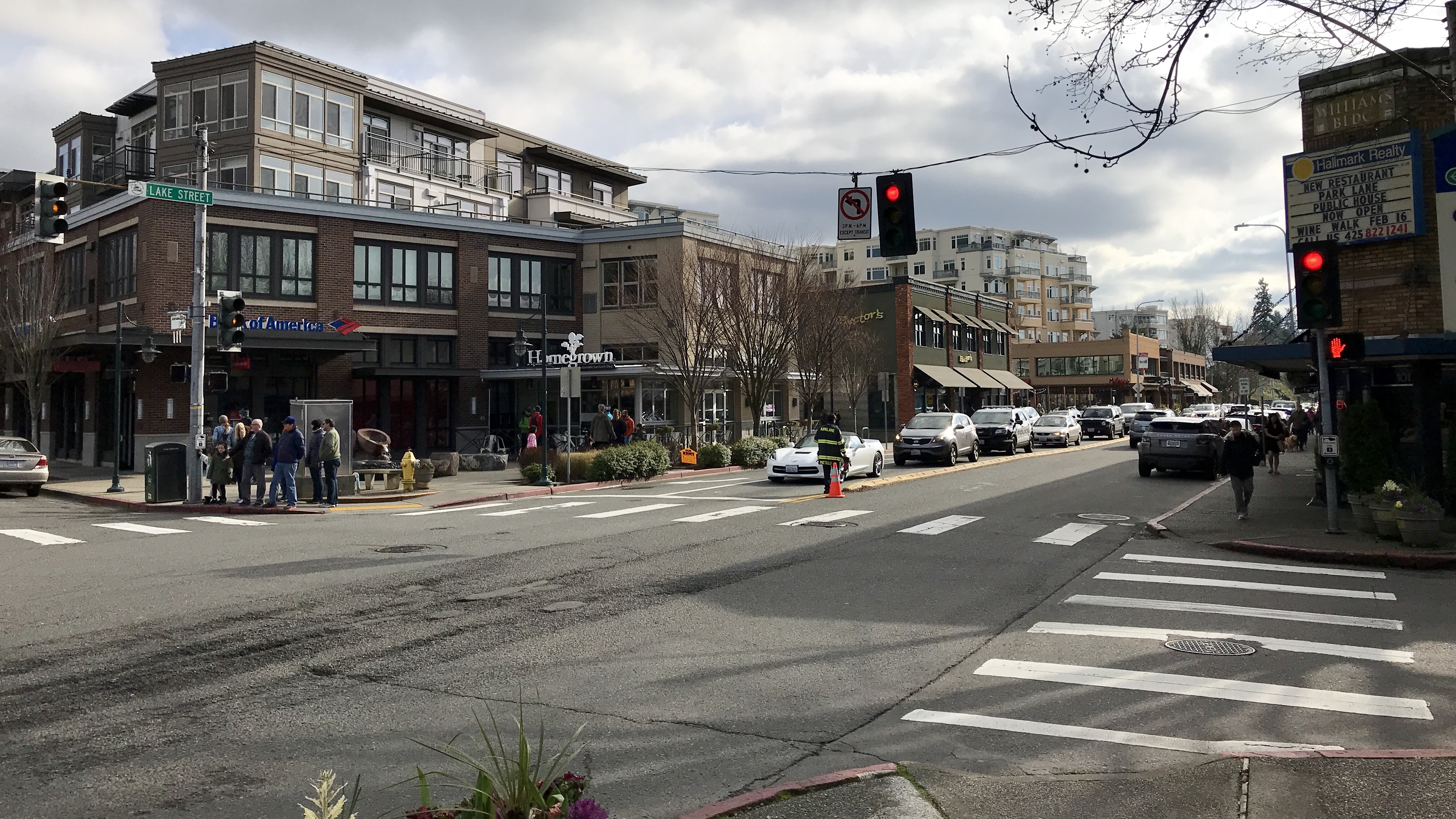
Mustard seeds
By Neal Black, ’94 (Civil/Environmental Engineering)
How small is a mustard seed, exactly?
I’m asking myself this from the dais of council chambers at the first council meeting after being sworn in. My decision to run for local office last November was inspired, in part, by my former Stanford classmate, now Senator, Cory Booker, who has instructed college graduates to “Stay faithful in things large and taking on the world, but stay faithful in those things small – because remember it’s the small things, the size of a mustard seed, that ultimately moves mountains.” As I work through tonight’s agenda, I’m wondering: When Cory thinks of a mustard seed, just how small a seed does he picture?
Tonight’s council agenda consists of a proposal to allow temporary signs on city right-of-ways (picture an A-frame sandwich board along the curb) and a proposal to up-zone four city blocks from two stories to five stories. Compared to things large, these seeds are tiny.
But wait. The community speaks, and I listen. I learn that A-frame sandwich boards are a matter of economic fairness and inclusiveness for some small business owners who can’t afford high-rent space along the main thoroughfare, some of whom are immigrants, older entrepreneurs, or just starting out. And those three extra floors? If done correctly, they’re a small part of a regional solution to affordable housing—a crisis here in the Seattle area.
Mustard seeds are tiny indeed. (I know. I Googled it.) But running for local office and working with like-minded neighbors to make small improvements to the city, ultimately, improves people’s lives.
 Neal began as a tutor for the Ravenswood-Stanford Tutoring Program (RSTP), working with students in East Palo Alto and Redwood City. He was a tutor coordinator in RSTP for two years. Neal was also a Stanford in Government fellow, interning at the Natural Resources Committee of the California State Assembly, and he attended Stanford in Washington, where he interned in the White House Office on Environmental Policy. Now a lawyer in Seattle, he has incorporated service to his community into his career and family life. He is the chair of the King County Bar Association’s Public Policy Committee, and, in November 2017, he was elected to the Houghton Community Council in Kirkland, Washington.
Neal began as a tutor for the Ravenswood-Stanford Tutoring Program (RSTP), working with students in East Palo Alto and Redwood City. He was a tutor coordinator in RSTP for two years. Neal was also a Stanford in Government fellow, interning at the Natural Resources Committee of the California State Assembly, and he attended Stanford in Washington, where he interned in the White House Office on Environmental Policy. Now a lawyer in Seattle, he has incorporated service to his community into his career and family life. He is the chair of the King County Bar Association’s Public Policy Committee, and, in November 2017, he was elected to the Houghton Community Council in Kirkland, Washington.
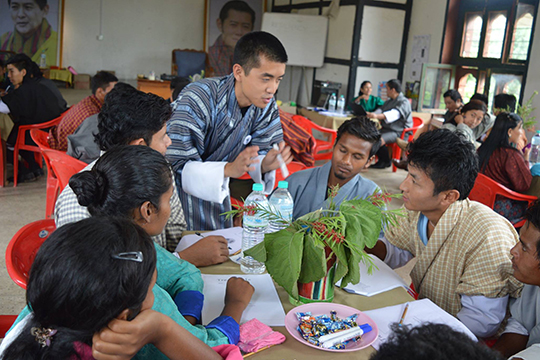
Investing in Bhutan’s youth
By Tim Huang, ’14 (B.A. Human Biology; M.A. Education)
I was drawn to the Himalayan Kingdom of Bhutan because of my interest in how the young democracy in transition was thinking differently about sustainable development and the well-being of its people. Thanks to a Haas summer fellowship, I spent two consecutive summers in college implementing a youth employment project with a local nonprofit, the Bhutan Youth Development Fund. After graduating from Stanford, I returned to Bhutan through the Omidyar Network International Public Service Fellowship, one of the Haas Center’s postgraduate fellowships. During my fellowship year, I worked to strengthen educational equity as a researcher for the Royal Academy, His Majesty the King’s Secretariat. I have since served as a Program Officer at the Bhutan Youth Development Fund, organizing child protection and youth empowerment programs with partners like UNICEF. Over the last 3 years, working in Bhutan has reinforced my belief that investing in the promise of our children and youth creates a more just and sustainable world.
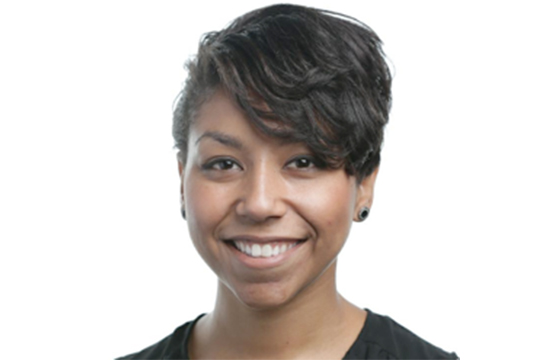
Returning to Guatemala
By Alicia Robinson, ’11 (International Relations)
I came to Stanford after spending most of my life living in Guatemala, where my mother worked for the United Nations. As an international relations major, my focus was on human rights and international law. As a sophomore, I obtained the Stanford Human Rights fellowship to work for UNICEF in Cairo. I was a member of the Stanford Rotaract Club, where I organized a service trip to Guatemala and also co-founded the Central American Students Association to raise awareness on campus about the socio-political realities of this region. I subsequently pursued my JD at Harvard Law School, where I continued to study human rights and post-conflict peace-building. I decided to return to Guatemala to contribute to efforts to curtail impunity, which has severely affected the country’s overall stability in recent years.
